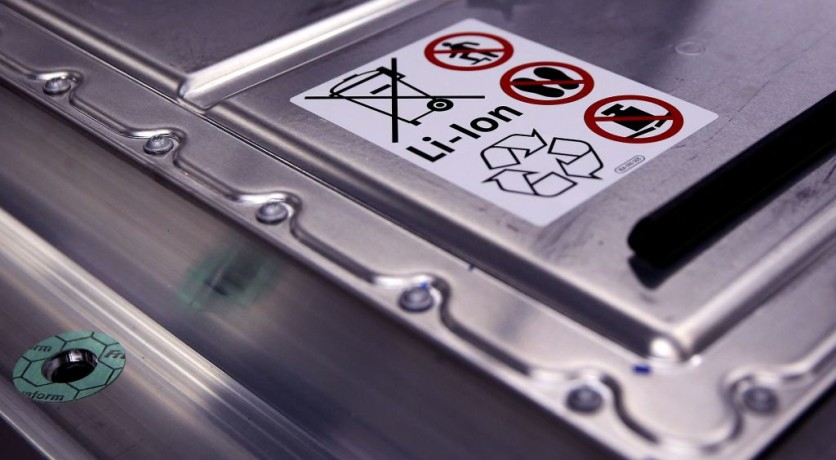Engineers at the University of Sheffield have unveiled a novel method for assessing the internal structure and health of lithium-ion batteries, the power source for numerous electronic devices and vehicles.
Reverse Engineering of a Lithium-Ion Battery Cell
This technique employs a single ultrasonic wave to reverse engineer a lithium-ion battery cell. Unlike the current practice of using expensive X-ray machines, this low-cost method allows for early identification of battery defects, potentially extending their life cycles and reducing electronic waste.
The new method could revolutionize battery production, enabling manufacturers to detect defects during the manufacturing process, and preventing faulty batteries from reaching consumers.

It could also be employed during servicing to evaluate a battery's health more precisely, allowing for interventions before visible damage occurs. The study signals a promising direction toward developing an affordable and efficient system for assessing lithium-ion battery health.
Currently, X-ray machines are the primary means of accurately assessing the internal condition of lithium-ion batteries, but the study noted that they are impractical for widespread use due to their cost. This often leads to defects being identified only when visible damage, such as swelling, occurs, making repairs challenging.
Sheffield Breakthrough
While the Sheffield breakthrough is still in its early stages and requires further development for broader industry application, it holds significant potential.
The method also opens the door to creating small sensors that could be attached to batteries for real-time monitoring, which is particularly valuable for electric vehicles. According to the team, the technology might also find applications in smaller consumer electronics like laptops and mobile phones.
Royce Copley, a Research Associate at the University of Sheffield and the study's lead author, emphasized the importance of the research, saying, "The technique we've developed at Sheffield could help to put an end to these problems. It could form the basis of a cheap, but incredibly effective way of spotting battery problems before they reach the consumer."
Professor Rob Dwyer-Joyce, Professor of Lubrication Engineering at the University of Sheffield and a researcher in the study, highlighted the potential impact on reliability.
He said: "This method has the potential to make the batteries in our electronic devices much more reliable. While currently limited in precision under certain test conditions, with further research and development, it could be used in the production phase, so manufacturers can spot issues before they ship."
The engineers behind the research are currently seeking an industrial partner to collaborate on further developing and applying this innovative battery assessment technology.
Dwyer-Joyce expressed excitement about the breakthrough and its potential to advance technology in the battery industry. The research team's findings were published in the Journal of Energy Storage.
Related Article : Future of Wearable Tech: Researchers Develop Stretchable Fabric-Based Lithium-Ion Battery





